
 By Natali Moss
By Natali Moss
In a lengthy interview for TSN, Serhii Sternenko explained in detail the basis of his assessment: modern Russian tactics are based on the massive use of attack UAVs, and this is what makes their action particularly dangerous. The enemy combines various types of devices — in particular, "Shakhed" and "Gerber"-type imitation platforms — which are used not only to destroy targets, but also as reconnaissance and relay carriers.
According to Sternenko, there have already been episodes when several hundred drones were launched in one night; the available inventory and deployed platforms allow the number of launches to theoretically reach a thousand within a single operation.
The main danger lies not in the characteristics of an individual Shahed, but in the mass nature of the strikes: when dozens or hundreds of devices are aimed at one target, traditional air defense systems lose their effectiveness significantly and risk being overloaded. Sternenko emphasized that modern drones have acquired multifunctionality — they are used both for guidance and reconnaissance, and as repeaters, which increases the coordination and stability of attacks.
Since the Russians have already demonstrated launches of 200-300 devices per night, and reports of large warehouses of "Shaheed" in the occupied territories indicate the presence of large stocks, the scenario of a very massive use seems plausible. In such conditions, even numerically weaker means of air defense may prove ineffective due to the high density of enemy targets. With regard to appropriate protection measures, Sternenko noted several key directions.
First, it is necessary to develop drone air defense systems — interceptor platforms capable of hitting enemy UAVs without using valuable anti-aircraft missile ammunition. Secondly, it is important to damage the enemy's logistics chains: the destruction of production facilities, warehouses and launch sites can significantly reduce the enemy's capabilities for mass launches.
For this, according to him, long-range high-precision means and reliable intelligence data are needed - the strikes should be sudden in nature, so that the enemy does not have time to evacuate or move equipment and supplies.
Sternenko also emphasized that the detection and destruction of launch points is complicated by the fact that the enemy uses a variety of launch configurations — from stationary platforms to mobile car platforms, and sometimes drones are launched from an open field or from the road, which makes their detection by traditional means almost impossible.
He noted that in order to achieve a noticeable effect, an integrated strategy is needed: simultaneously increasing the ability to intercept drones, strengthening intelligence for the timely detection of the enemy's production and warehouse facilities, as well as providing the country with long-range and high-precision weapons.
Without a combination of these steps, in his opinion, the possibility of repeating massive attacks will remain high, because it is the number of "Shaheed" and similar platforms that gives the enemy an operational advantage to break through the existing air defense lines.
We will remind that during the four years of the war, Russia reduced the mass launches of the winged Kh‑101 and "Kalibr", but doubled or tripled the production of ballistic "Iskander‑M", which will become the main instrument of strikes in the coming months. Focus also wrote that on the morning of November 12, the Russian Armed Forces launched three drones over Kharkiv. As a result of the attack, five people were injured, and four of them were hospitalized.


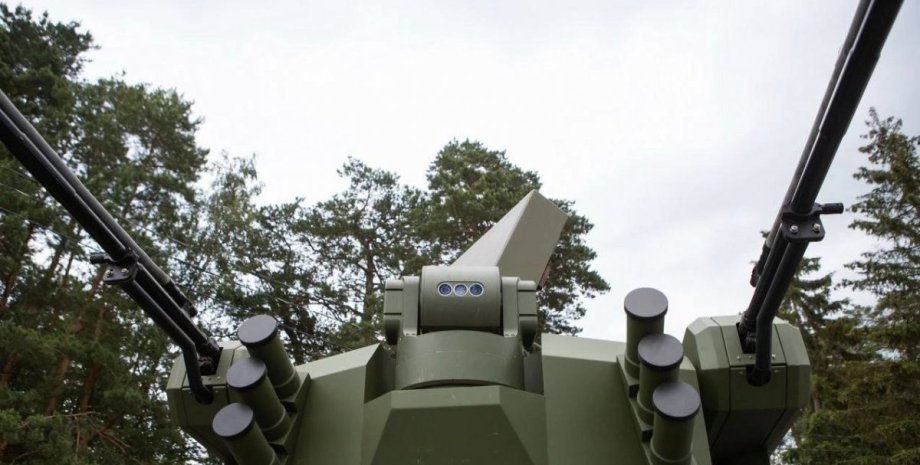
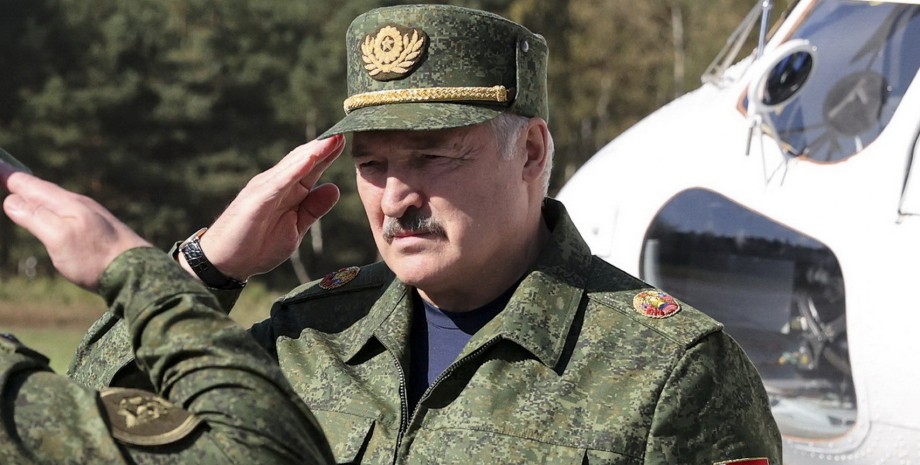


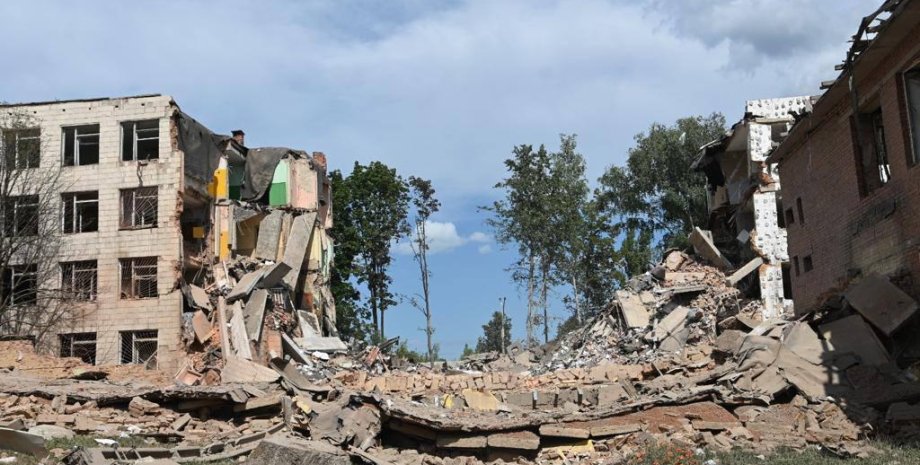
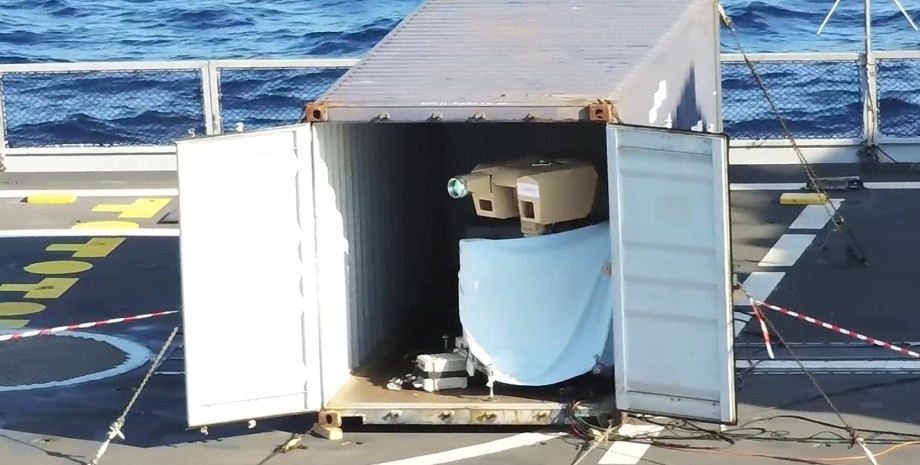

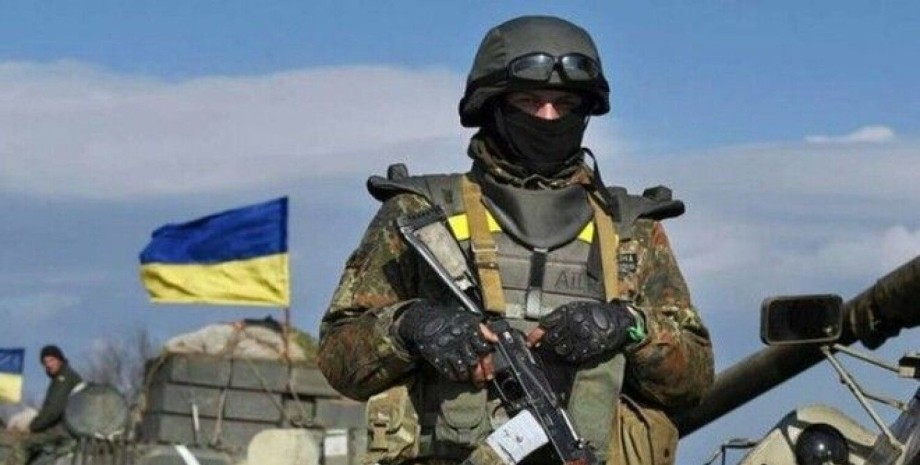
All rights reserved IN-Ukraine.info - 2022